5 mindfulness techniques that can help keep your home tidy and banish mess – I'm a psychotherapist and love the Doorway Pause and Three-Task Tidy
Lean into sensory additions and habit stacking
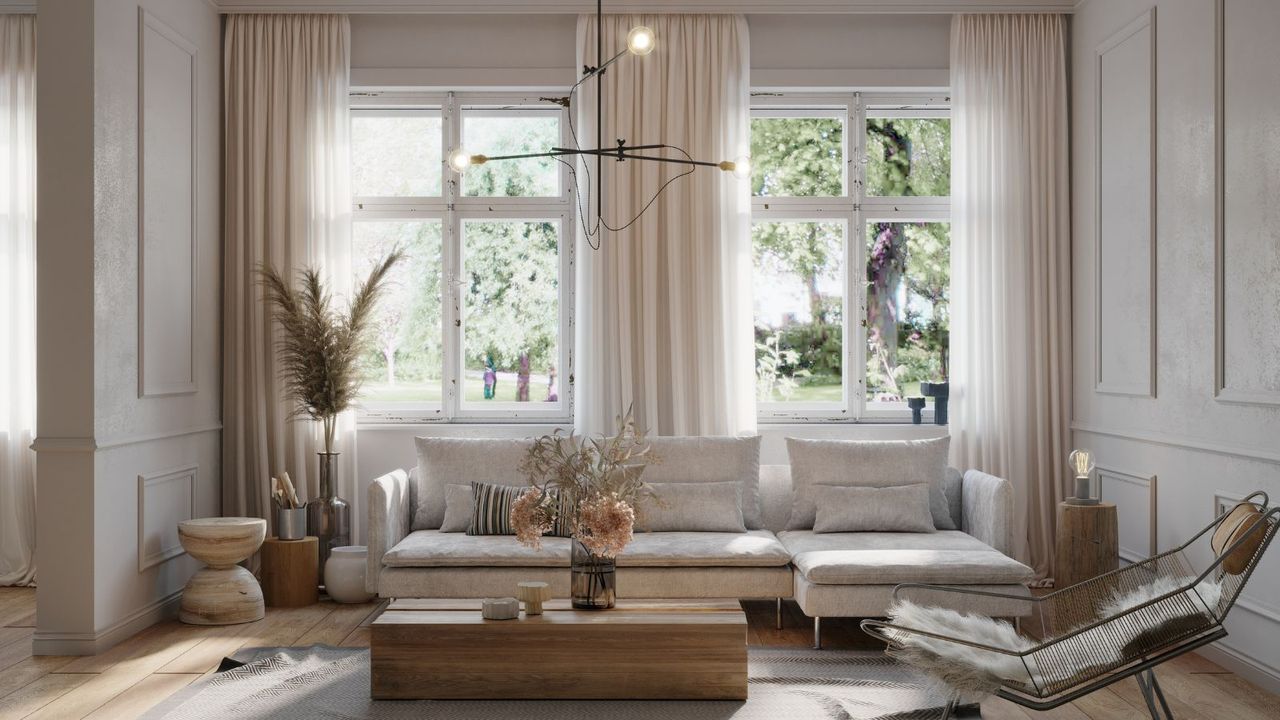
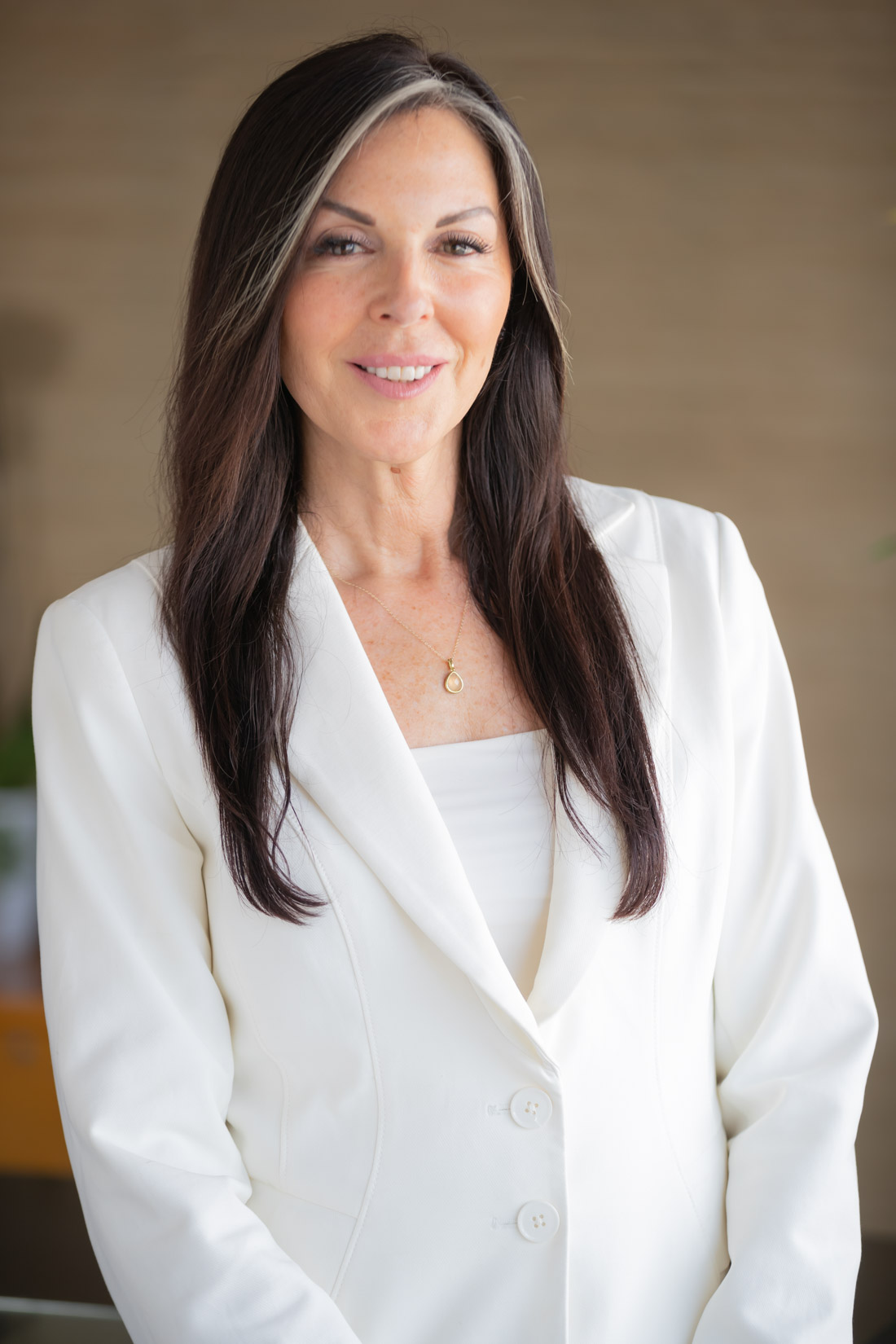
Sometimes it takes more than sheer will to get household jobs done or build good habits into your daily chores.
I’m a licensed psychotherapist and know full well how the experiences that have shaped us over the course of a lifetime, including trauma, chronic pain, and anxiety can impact our capacity and motivation to do tasks. Household jobs are no exception, especially with their never-ending churn and propensity to creep up on us in the busy day-to-day of our lives.
Here, I share five techniques grounded in mindfulness, the beneficial practice of being in the ‘here and now’ to turbocharge your tidying and cleaning tips to banish mess in your home for good.
How to harness mindfulness to keep your home mess free
1. Start with intention

Before tackling any mess or trying a new decluttering method, take a moment to reflect on the energy you want your home to exude. Ask yourself: What do I want to feel in this space? Feng Shui energy mapping delves into this in detail.
Setting an intention before tidying brings focus and transforms this task into a purposeful act of self-care. Approaching household tasks with intention also transforms them from mundane to meaningful. It's something I share with clients as Clinical Director of Cannectd Wellness™.
When we consciously decide how we want a space to feel – whether it’s peaceful, energized, or comforting – it aligns our actions with purpose. Energies like tranquility and warmth create harmony and reduce chaos.
For instance, a clear, uncluttered space invites calm, whereas vibrant colors (such as that seen in this Jlong abstract canvas wall print at Walmart) or curated displays can evoke creativity. This intentional mindset ensures that our surroundings reflect and support our inner well-being.

This chunky, acrylic large-knit throw is perfect for cozy winter evenings and weekends spent in your peaceful home.
2. Practice mindful decluttering

Choose one area at a time and assess each item’s purpose and value. Engage your senses by touching each object and asking: Does this serve me now? Releasing items that no longer fit your life creates space for fresh energy and clarity.
If you’ve not decluttered much before, H&G’s decluttering library is packed with starter, intermediate and more time-consuming and in-depth decluttering methods tried and tested. For example, the ‘Didn’t Know’ decluttering method is simple and guilt-free, allowing you to let go of all parameters for keeping or throwing something bar one: if you didn’t know, or forgot you had it, get rid.
My ‘Touch Method’ of decluttering is perfect for focusing your mind on what’s important about this item to you: right here and now. This is a cornerstone of mindfulness that can be extremely freeing.
It’s particularly helpful for those who might be contending with clutter blindness, where you have become used to seeing things as they are in your home and may not ‘see’ clutter anymore. A well placed stair-tidy basket, from Amazon, will help create new habits without adding to clutter.
Mindful decluttering is a powerful way to ground yourself in the present moment. By touching and observing items intentionally, you create a tactile connection that reduces anxiety and brings clarity, especially for those who struggle with procrastination or overwhelm.
Start with just 15-20 minutes a day to maintain focus without burnout, and use simple tools like a ‘decision basket’ to gather items for donation or organization. Keeping it small and manageable ensures each step feels like progress rather than stress.
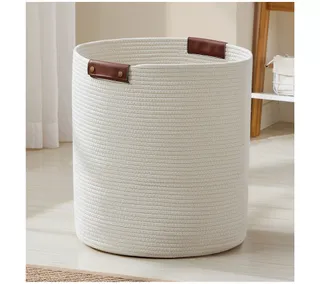
Use this vertically stacked storage space as your decision basket. It's smaller floor foot print of 16 inch diameter means it won't get in the way as you take the time to decide on its contents.
3. Try the 'Three-Task Tidy’

Break a room into sections and focus on just three small tasks at a time, such as clearing a surface, folding items, or arranging essentials.
Write them down on a notepad, such as the small legal pads from Walmart, for accountability, and check them off as you go. This creates a sense of achievement and reduces feelings of being overwhelmed. Completing even small tasks can shift your mental state from stuck to motivated.
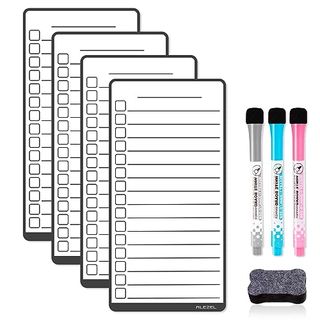
This easy-wipe magnetic to-do-list whiteboard is a more eco-friendly way of incorporating lists into your household workflow. Just pop it onto your fridge for easy access.
4. Make tidying a sensory experience

Engage your senses during chores – feel the textures of fabrics, enjoy the scent of fresh linens, or listen to calming music as you clean. This sensory awareness grounds you in the present and makes the process more enjoyable. Engaging the senses in this way can effectively counteract negative emotions such as frustration, boredom, or feelings of overwhelm.
This sensory stimulation has been shown to lower cortisol levels, thereby reducing stress and fostering a more relaxed mental state conducive to productivity. For instance, research indicates that lavender and bergamot essential oils can lower blood pressure and promote relaxation.

This is a great value deal worth snapping up and it's 100% pure essential oil, meaning it's at its most potent and not diluted down with anything.
Incorporating a lavender-scented candle or diffuser, such as the Mrs Meyer's Lavendar Soy Wax Candle from Amazon, into your daily routine not only provides these calming effects, but also adds a comforting ritual to your day.
Making tidying a sensory experience can also help alleviate psychological obstacles such as procrastination, anxiety, and lack of motivation. By transforming chores into mindful and enjoyable practices, sensory engagement reduces the emotional resistance often associated with task completion.
This approach is especially helpful for individuals who may struggle with executive dysfunction, procrastination, or the overwhelm that comes from multitasking, as it simplifies the process and creates a soothing environment to work within.
Learn more about the ways Chiana Dickson, Solved writer and self-confessed serial procrastinator gets motivated to clean.
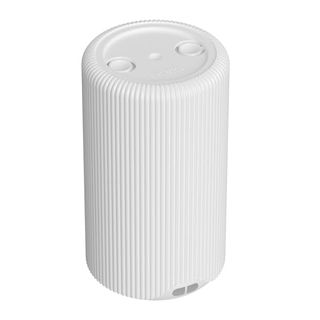
This adjustable smart home diffuser has automatic fragrance vial detection and connects to your Wi-Fi for easy control. Also available in black.
5. Establish small daily rituals

Incorporate simple and easy habits like making your bed each morning or tidying up before bed. These mindful rituals create structure, reinforce positive energy, and make maintaining a tidy space feel effortless over time.
Here are a few suggestions:
- Gratitude corner: Creating a gratitude corner in your home – a small space for notes, photos, or keepsakes that bring you joy – offers a daily reminder of the good in your life. Taking just a moment each day to reflect on or add to this space can shift your mindset toward optimism and gratitude.
- Light reset ritual: At sunset, soften your home's lighting to mimic the natural transition of daylight. Dim lights or light a candle to create a sense of calm and signal your brain that it's time to wind down. This simple ritual can help prepare your body for deeper, more restful sleep.
- Intentional doorway pause: Each time you pass through a doorway, pause to take a deep breath and set an intention for the space you're entering. Whether it's leaving stress behind or embracing rest, this mindful transition can help you feel more present and in control of your environment.
- Bedtime wind-down basket: Prepare a basket of calming items – like a journal, lavender spray, or a weighted eye mask – and use it as part of your nightly wind-down routine. This small act of preparation creates a ritual that signals to your body and mind that it's time to relax and recharge.
- Window connection: spend a minute or two by a window each day, observing the sky, trees, or weather. This brief practice of noticing the world outside your home fosters mindfulness and offers a grounding moment of peace.

This color-changing, 9w (60w Equivalent) smart bulb works with Alexa. It doesn't need a hub, and can help you switch up your room's lighting and mood with ease.

Clear clutter but maintain your connection to loved ones with images that make you happy displayed on this digital picture frame. It has 16 gb Storage, can be wall mounted, and works via Frameo app.

Spritz on pillows, in the air or on your linens for soothing lavender and chamomile notes with this essential oil based natural spray.
Task stacking can be very helpful for easing new routines into your life without them leading to overwhelm. Little routines like making your bed every morning are part of what people with tidy homes always do.
Next, learn the things people with tidy homes never do, and Marie Kondo's decluttering tips for people nervous about tackling this job.
Sign up to the Homes & Gardens newsletter
Design expertise in your inbox – from inspiring decorating ideas and beautiful celebrity homes to practical gardening advice and shopping round-ups.

Shari B. Kaplan, LCSW is a trailblazer in integrative mental health care and the founder and clinical director of Cannectd Wellness™, a pioneering center dedicated to mind, body, and soul healing. With over 30 years of expertise in NYC and Florida, Kaplan has created transformative programs such as the signature Whole Life Plan© (WLP), a trauma-informed, holistic approach to mental well-being that blends evidence-based therapies with plant-assisted medicine.
-
 This interior designer has created the perfect hidden storage in her marble kitchen island – it proves 'style and functionality should always go hand in hand'
This interior designer has created the perfect hidden storage in her marble kitchen island – it proves 'style and functionality should always go hand in hand'Her seamless design proves your island can be a statement design feature while still offering everyday practicalities
By Molly Malsom Published
-
 Need to get your garden summer ready? Newgarden has everything you need to transform your outdoor space into a relaxing oasis
Need to get your garden summer ready? Newgarden has everything you need to transform your outdoor space into a relaxing oasisNewgarden's stylish lighting, sleek planters, and innovative furniture, bring comfort and beauty to outdoor living
By Homes & Gardens Published
-
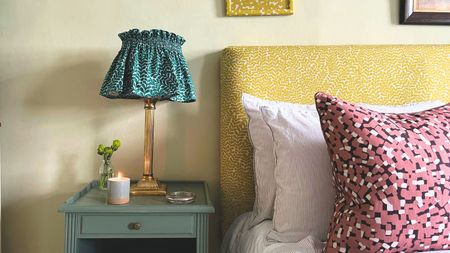 9 things to organize in April 2025 to prepare your home for a season of socializing and warmer weather ahead
9 things to organize in April 2025 to prepare your home for a season of socializing and warmer weather aheadGet sorted now for easier spring and summer get-togethers
By Chiana Dickson Published
-
 6 warning signs it is time to quickly reorganize your closet and make stressful mornings easy to navigate again
6 warning signs it is time to quickly reorganize your closet and make stressful mornings easy to navigate againIt is not a ‘once-and-done’ task, experts reveal
By Chiana Dickson Published
-
 5 bad habits to ditch at home that will save you wasted time and energy on unnecessary chores
5 bad habits to ditch at home that will save you wasted time and energy on unnecessary choresYou’ll have more free time than ever
By Chiana Dickson Published
-
 I’ve lived in a small storage-less home for two years – these 5 storage saviors have been transformative
I’ve lived in a small storage-less home for two years – these 5 storage saviors have been transformativeThey have outlasted every other attempt at corralling clutter
By Chiana Dickson Published
-
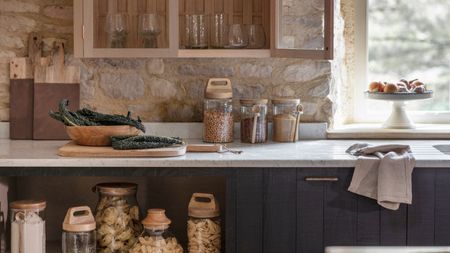 A simple trash can swap eliminated odors and saved vital floor space in my tiny kitchen – and it's now on sale
A simple trash can swap eliminated odors and saved vital floor space in my tiny kitchen – and it's now on saleIt sorts the recycling from the trash, limits smells, and keeps my small kitchen neat
By Chiana Dickson Published
-
 5 genius ways I use vacuum storage bags around my small home, from protecting precious items to doubling my storage space
5 genius ways I use vacuum storage bags around my small home, from protecting precious items to doubling my storage spaceFrom closets to kitchens, vacuum bags are surprisingly versatile
By Chiana Dickson Published
-
 4 unconventional organizing methods I use to limit clutter in my small home – embracing ‘chaotic calm’ has mitigated my guilt
4 unconventional organizing methods I use to limit clutter in my small home – embracing ‘chaotic calm’ has mitigated my guiltFinding what works for me has fixed so many problems
By Chiana Dickson Published
-
 How to tidy up the whole house in 4 hours or less, according to professional cleaners
How to tidy up the whole house in 4 hours or less, according to professional cleanersRestore order to every room with these expert tips
By Rebecca Shepherd Published